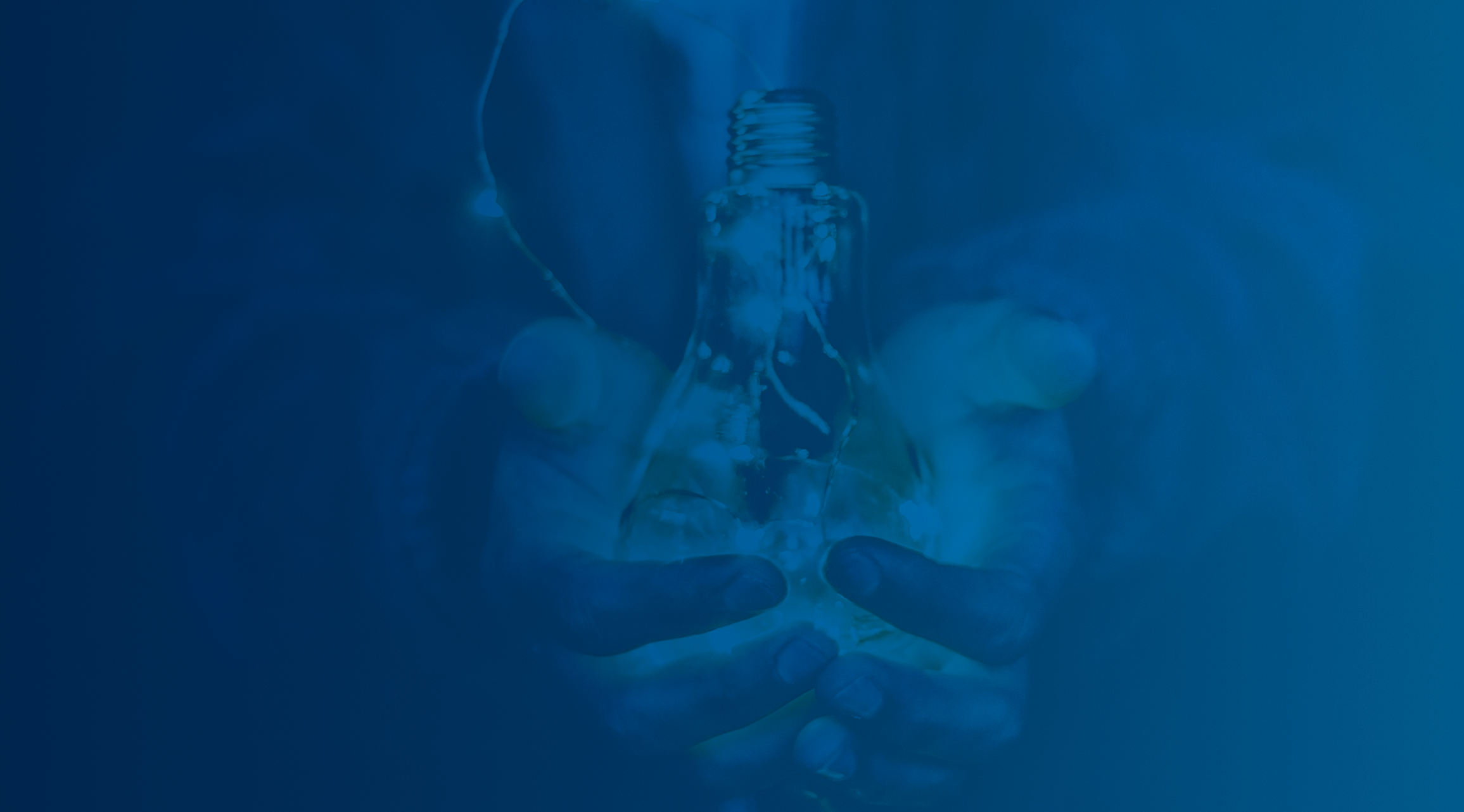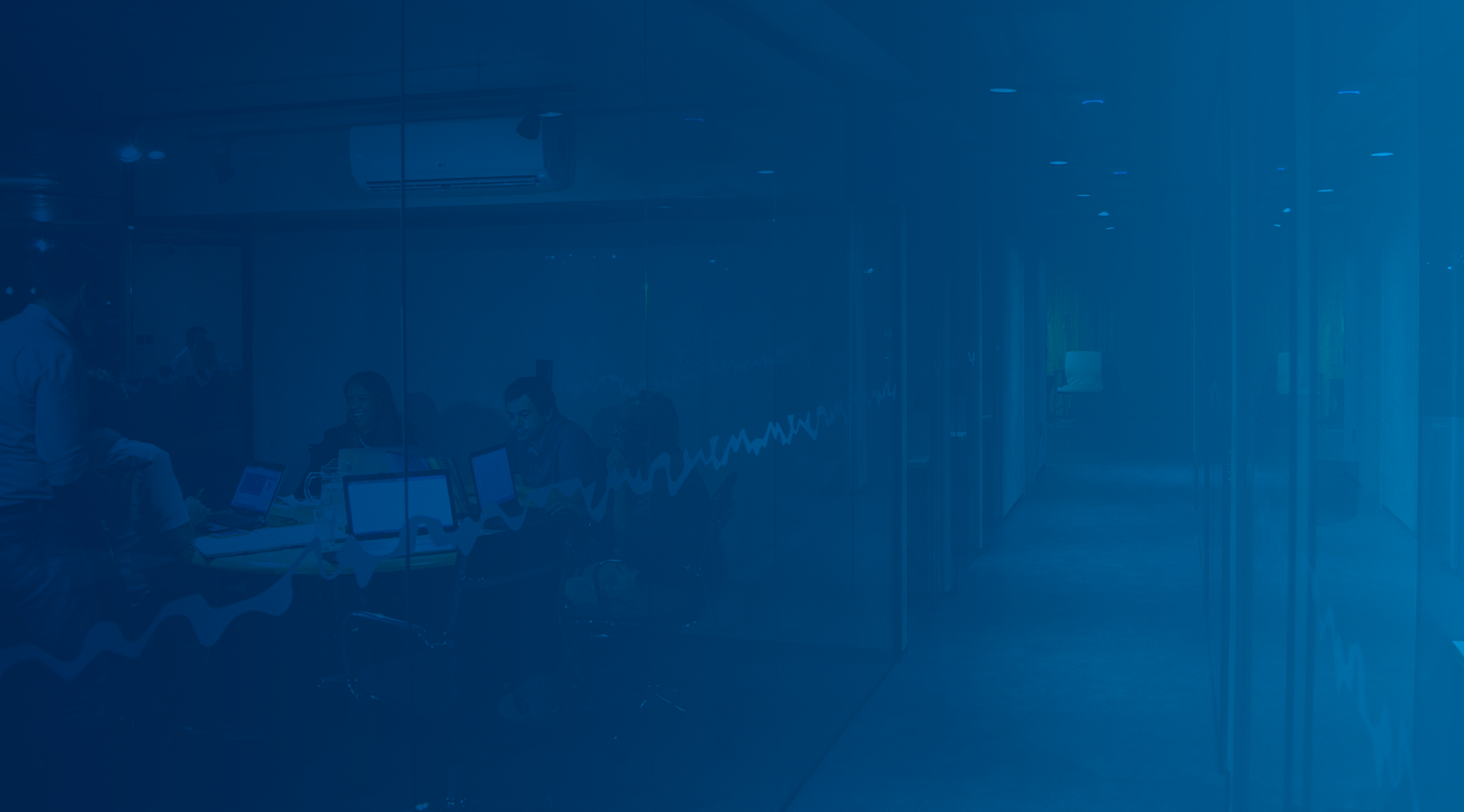Happy Pride Month! We proudly donated to the Trevor Project and GLAAD to reinforce our commitment and allyship to the LGBTQIA+ community. It’s important to us to celebrate pride year round by creating a welcoming and inclusive environment and culture. Today, we’re highlighting and amplifying two of the LGBTQIA+ voices of our employees by sharing their stories and recognizing their unique contributions.
How long does it take to truly be considered a San Franciscan? Mark Elkins, Karbo Com’s Head of Human Resources and Operations, has been living here for 23 years and is proud to call the city his home. From his perspective, San Francisco has always been the beacon of what life should be: accepting and supportive. Mark’s story began with a TV show called “Tales of The City”. At the age of 16, Mark watched the show, connected well with what he saw, and was inspired to move to San Francisco one day. Around this time, Mark came out; first to friends at 16, next his extended family at 18, and then to his parents at 21. Growing up in Salem, Oregon, a fairly rural and conservative community, Mark knew he wanted to move somewhere where he felt more welcomed and accepted. While attending college in Oregon, Mark witnessed first hand hate and discrimination from organizations such as the Oregon Citizen’s Alliance. Witnessing these hateful groups prosper helped propel Mark to find his voice as an advocate with the community. Every year, Mark donates to LGBTQIA+ organizations such as the Human Rights Campaign, GLAAD, and Lyric. He also marches for equality, does volunteer work, and socializes within the community, which he truly enjoys.
Mark is grateful to have found an accepting, caring, and conscientious environment and Karbo Com. It is exactly the type of place he wanted to work for, in large part due to the fact that here, in his words “being gay is no big deal”. This sentiment is echoed from the CEO and Founder all the way across the spectrum to every member of the staff. Outside of Karbo Com though, Mark describes the biggest threat to the LGBTQIA+ community as the lack of true equality that is recognized on a federal level. “If you can be fired from your job, prevented from voting, or evicted from your home for being gay, there’s still so much more left to do”. Additionally, more recent reversals of Obama-era policies and a surging homophobic sentiment in parts of the country have made it clear that for many there is still a lot more work to be done, and the fight for equality is far from over.
For Mark, Pride Month isn’t just a time to celebrate, but should also be a time for political activism.”Things are not where they should be and have a long way to go. It’s time not only to be aware but to take action”.
Lately, you may have been hearing about preferred pronouns: whether it’s seeing them on social media, in email signatures, or it comes up in conversation. Karbo Com’s Creative Director, Courtney Stack, has led the charge when it comes to having open dialogues and discussions on this subject matter. Besides her work at Karbo Com, Courtney is also a multidisciplinary artist, working across painting, photography, sculpture, movement, and writing. Courtney’s pronouns are she/they. Courtney joined Karbo Com in 2019 to launch the agency’s in-house Content Studio, critically expanding service offerings to encompass visual branding, full service social media, photography and video, writing, and more. I asked her to share with me why pronouns are so important on the most personal level.
“I believe that gender is a spectrum. Gender norms conflate anatomy with gender identity, collapsing that spectrum into a limited, prescriptive binary (male, female). The gender binary doesn’t acknowledge human experiences and identities that fall between or outside of those accepted norms. When we limit our understanding of gender identity to the gender binary, we limit our understanding of each other, and of ourselves. When we share our pronouns, we are claiming an opportunity to be better known to one another. We are acknowledging that a person’s gender identity is not something that can be assumed based on the way they look. We are signaling that all gender identities are valid. We are creating space for a more inclusive, diverse, authentic, and loving future”. Courtney’s use of “we” clearly illustrates how important and timely these discussions are in terms of continuing to foster and build a truly accepting and kind environment around us.
Especially when we find it challenging to understand, being curious, asking questions, and learning is a good place to start. As Courtney says, “As a gender queer/fluid person, I appreciate being recognized as such. As human beings, we understand ourselves, in part, through external affirmation. When my internal identity is seen, affirmed, and accepted by others, I feel that I can be myself and lead a more authentic and fulfilling external life. Pronouns play a role in all of that”. There are many pronouns out there. Most of us are familiar with she/her and he/him pronouns. Gender identity terms also include gender neutral pronouns such as they/them, xe/xem, ze/zim, and sie/hir. There are many great resources like GLAAD and the Anti Defamation League if you’re not sure where to get started and want to learn more.
But, why is this important for companies? Company leaders should encourage employees to share their pronouns as well as respect colleague pronouns to signal acknowledgement and acceptance of all employees, regardless of gender identity. This creates a more inclusive, humane workplace. Best practices so as not to misgender someone are simpler than you might imagine. Courtney put it best, “Don’t assume that you know another person’s gender. Instead, simply ask them. Then use the pronouns that they have told you they identify with when referring to them. “ It’s no biggie. Just ask, “What are your preferred pronouns?” This question is easily posed when meeting someone for the first time, alongside other standard introductory questions like, “What’s your name?” But it’s also a question you can feel comfortable asking of someone you’ve known for a while: “Hey, I realized that we never discussed preferred pronouns. My preferred pronouns are X. What are yours?”
Finally, as we look to the future, there are several examples of actions businesses should take to “walk the talk” and ensure that they are truly prioritizing diversity and inclusion. Businesses can show meaningful, change-making allyship with queer communities by publicly divesting from the corporations and entities that oppress those communities. They can elevate LGBTQIA+ employees to positions of leadership and authority. Businesses can also commit ongoing funds and resources to queer organizations all year round, not just for Pride Month. When businesses are truly committed to supporting queer communities, there are a great number of opportunities for them to effect positive change.






